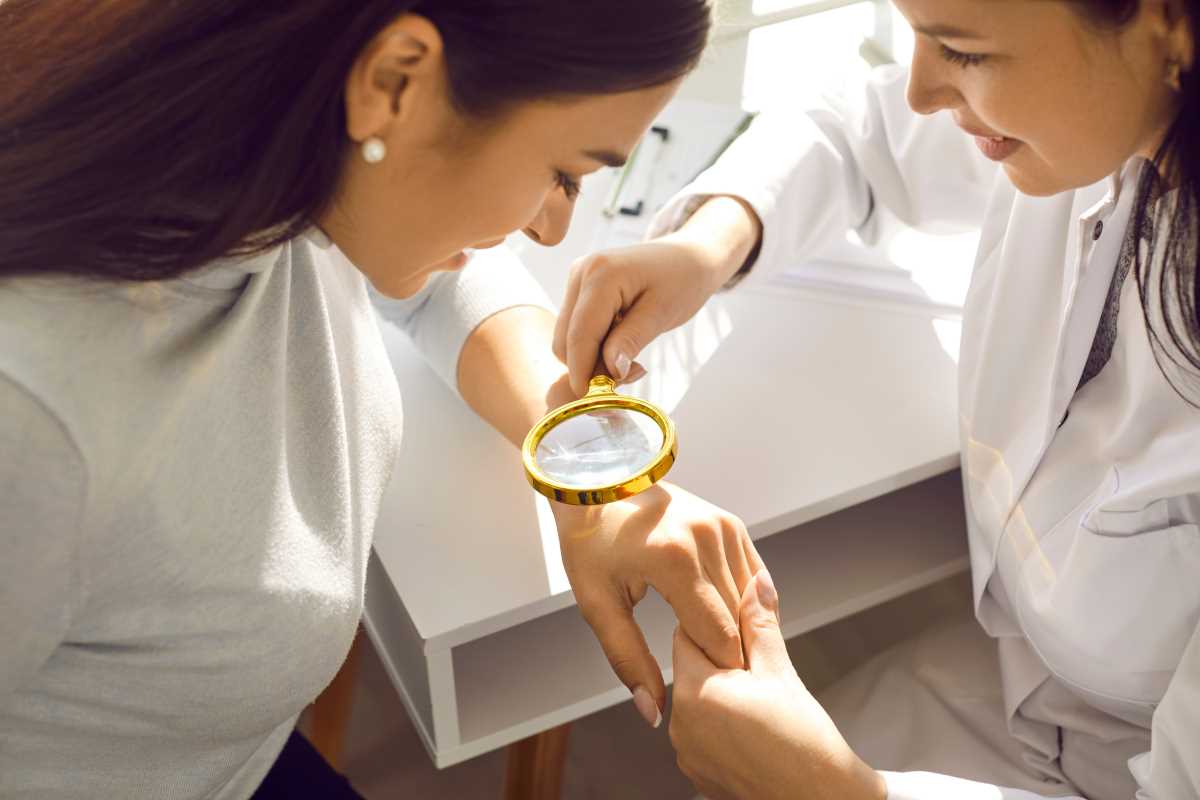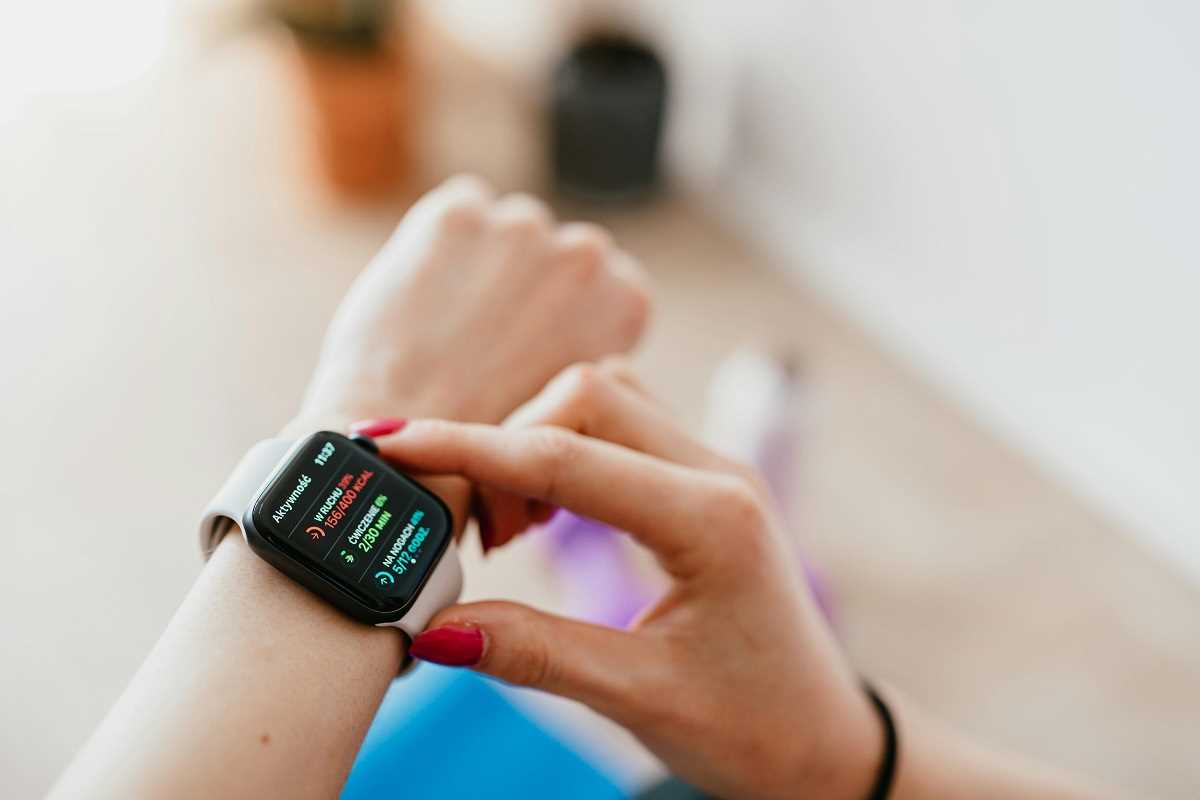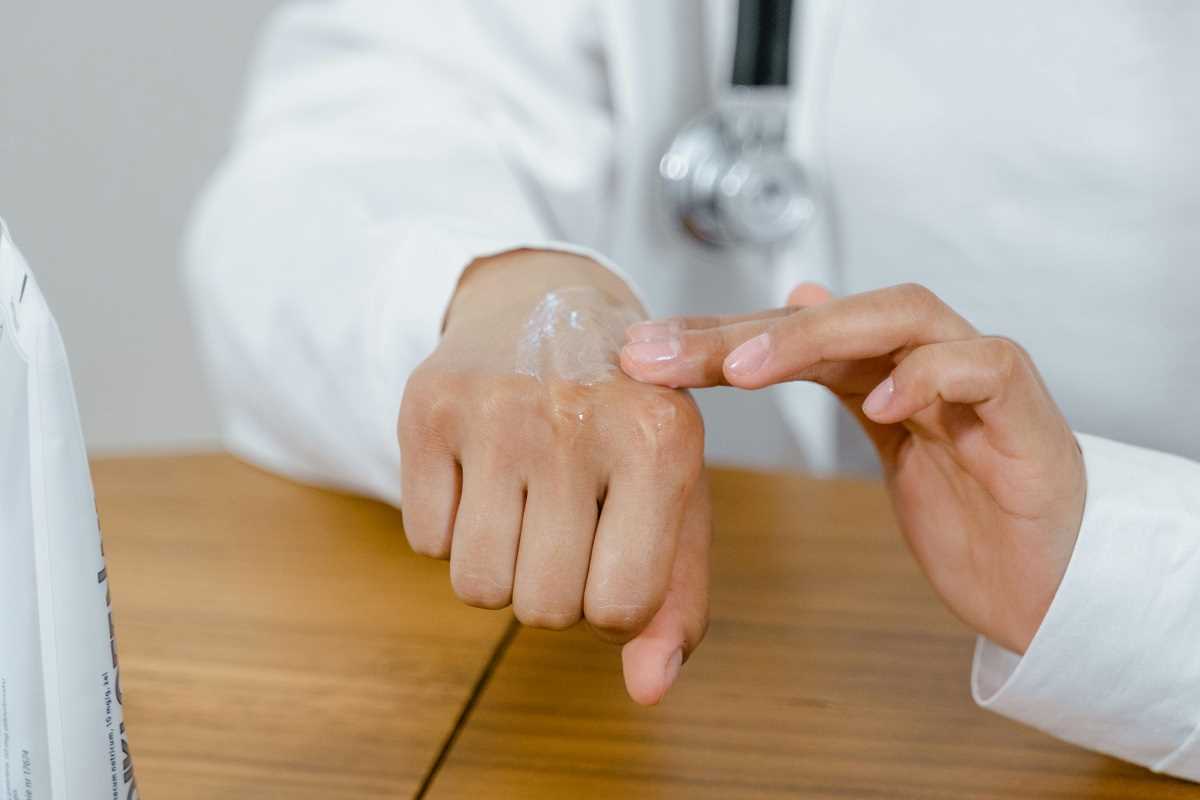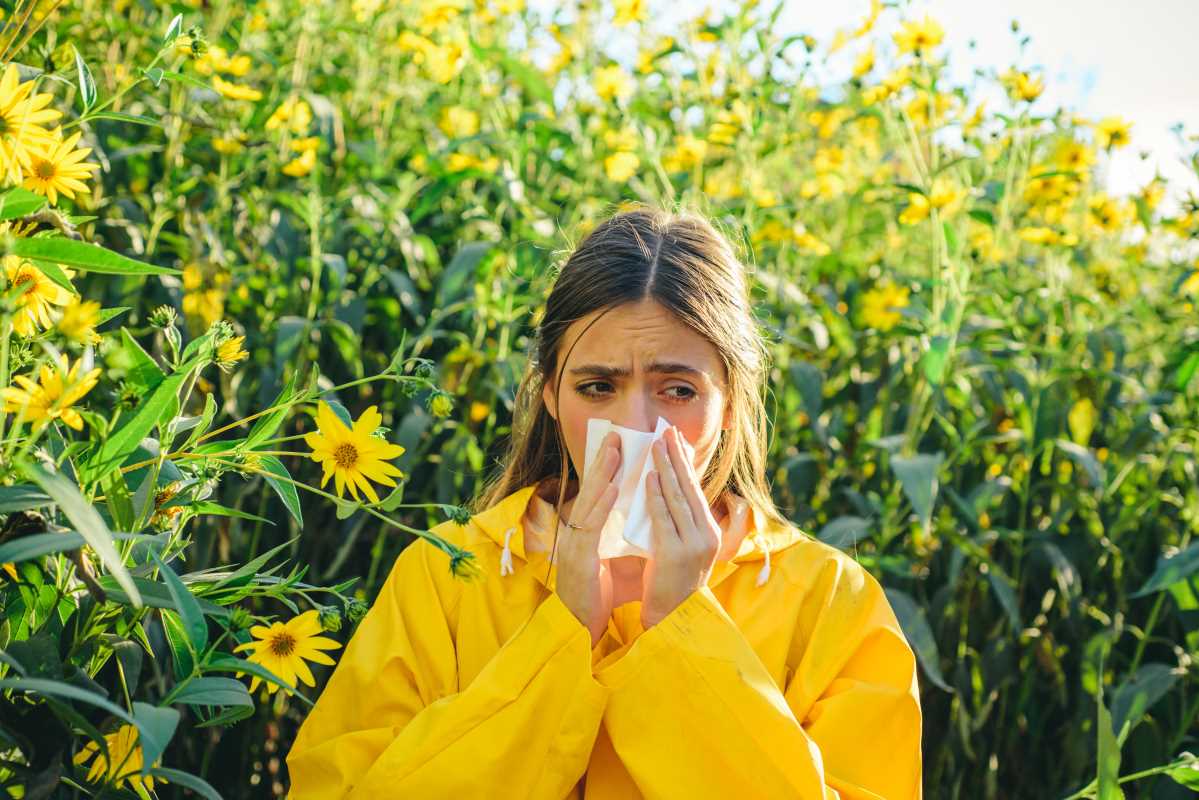Melanoma is one of the most serious types of skin cancer, and while it can affect anyone, it is largely preventable with the right precautions. Taking steps to protect your skin from harmful ultraviolet (UV) rays and being vigilant about changes in your skin are crucial for reducing your risk and catching melanoma in its early stages.
This article will guide you through the role of UV exposure in melanoma development, effective skin protection strategies, and recognizing the early warning signs of melanoma using the ABCDE method.
The Role of UV Exposure in Melanoma Development
Melanoma develops in melanocytes, the skin cells responsible for producing pigment. While the exact causes of melanoma vary, exposure to UV radiation from the sun and tanning beds is the leading preventable risk factor. UV rays damage the DNA in skin cells, which can lead to mutations and abnormal cell growth, potentially resulting in melanoma.
Although anyone can develop melanoma, your risk increases if you have fair skin, a history of sunburns, frequent UV exposure, or a family history of skin cancer. Protecting your skin from UV radiation is one of the most effective ways to reduce your risk and protect its overall health.
Practices for Skin Protection
Protecting your skin doesn’t have to be complicated. By integrating the following habits into your daily routine, you can greatly reduce your chances of developing melanoma and other skin damage.
1. Use Sunscreen Daily
Sunscreen acts as a barrier against UV rays, reducing their harmful effects on your skin. Choose a broad-spectrum sunscreen with an SPF of 30 or higher, and apply it generously before going outside—even on cloudy days. Don’t forget often-missed areas like your ears, the back of your neck, and the tops of your feet.
Pro Tip: Reapply sunscreen every two hours, or more often if you’re swimming or sweating.
2. Wear Protective Clothing
Clothing offers physical protection that sunscreen alone cannot provide. Opt for long-sleeved shirts, wide-brimmed hats, and sunglasses with UV protection. Specialized clothing with built-in UPF (Ultraviolet Protection Factor) offers additional defense against UV rays.
Hint: Lightweight, tightly woven fabrics work best for both comfort and protection in sunny weather.
3. Seek Shade During Peak Hours
UV rays are strongest between 10 a.m. and 4 p.m. During these hours, try to stay in the shade or plan indoor activities. If you’re outdoors, use umbrellas, trees, or sun shelters to minimize direct sun exposure.
4. Avoid Tanning Beds
Tanning beds emit concentrated UV rays that can significantly increase your risk of developing melanoma. Their use is especially dangerous for young individuals, as damage from UV rays accumulates over time. For a healthy glow, consider self-tanning lotions or sprays instead.
5. Protect Children’s Skin
Sun protection is vital for children, as their skin is more sensitive to UV damage. Teach them good sun safety habits early on, such as wearing hats, applying sunscreen, and playing in shaded areas.
Recognizing the Signs of Melanoma
Detecting melanoma early is critical for successful treatment, as it is more likely to be cured if caught before it spreads. Perform regular skin self-exams and familiarize yourself with the ABCDEs of melanoma detection to identify concerning changes in your moles or skin growths.
The ABCDEs of Melanoma
A – Asymmetry
- Healthy moles are typically symmetrical. If one half of a mole doesn’t match the other, it may be a warning sign.
B – Border
- Melanomas often have irregular, jagged, or blurred edges. By contrast, non-cancerous moles usually have smooth, even borders.
C – Color
- Watch out for moles with uneven coloration or multiple colors, such as brown, black, blue, white, or red.
D – Diameter
- Melanomas often grow larger than 6 millimeters in diameter (about the size of a pencil eraser). However, some melanomas can be smaller, so take note of any irregular growths regardless of size.
E – Evolving
- Changes in size, shape, color, or elevation—or any new symptoms like bleeding or itching—are red flags and should be evaluated by a dermatologist.
The Importance of Regular Skin Checks
While self-exams are vital, it’s equally important to schedule regular skin checks with a dermatologist. A professional can assess hard-to-see areas, monitor suspicious moles, and provide an early diagnosis when needed.
People at higher risk, including those with a history of sunburns, numerous moles, or a family history of skin cancer, should consult their dermatologist about how often to schedule these exams.
Remember: Early detection saves lives. Take any concerning skin changes seriously and consult a professional promptly if something seems unusual.
Take Charge of Your Skin’s Health
Protecting your skin and staying informed are key steps to preventing melanoma and ensuring early detection. By incorporating sun safety habits into your daily routine and staying alert for potential warning signs, you can significantly reduce your risk of skin cancer and safeguard your long-term health.
Your skin is your body’s largest organ and deserves care and attention. Whether it’s applying sunscreen, wearing protective clothing, or scheduling that overdue dermatology appointment, every step you take today helps protect your future self. Don’t wait—start prioritizing your skin’s health now.







